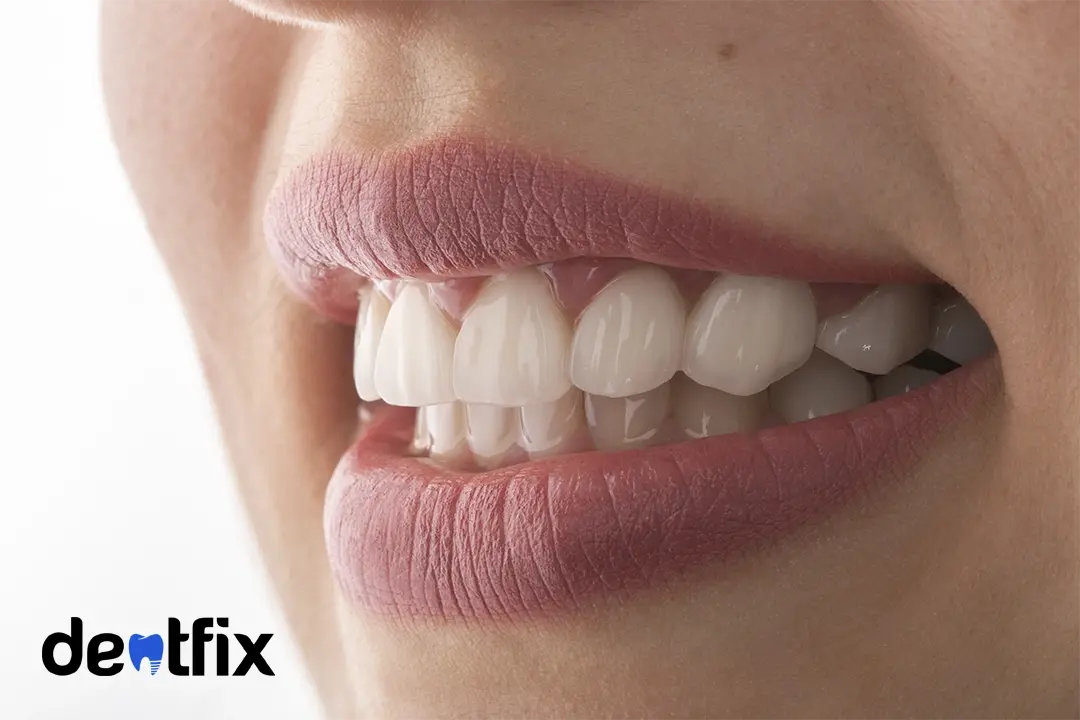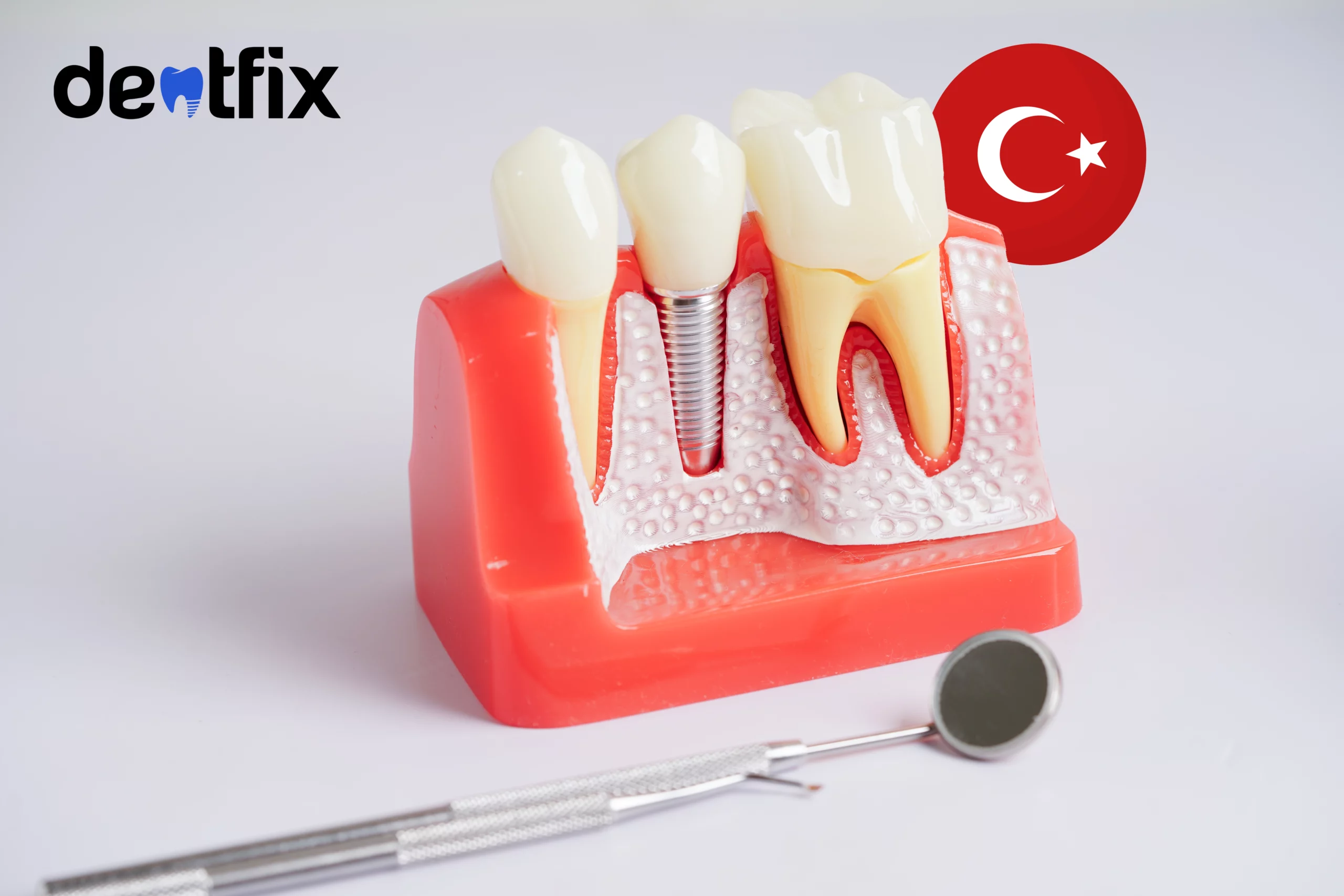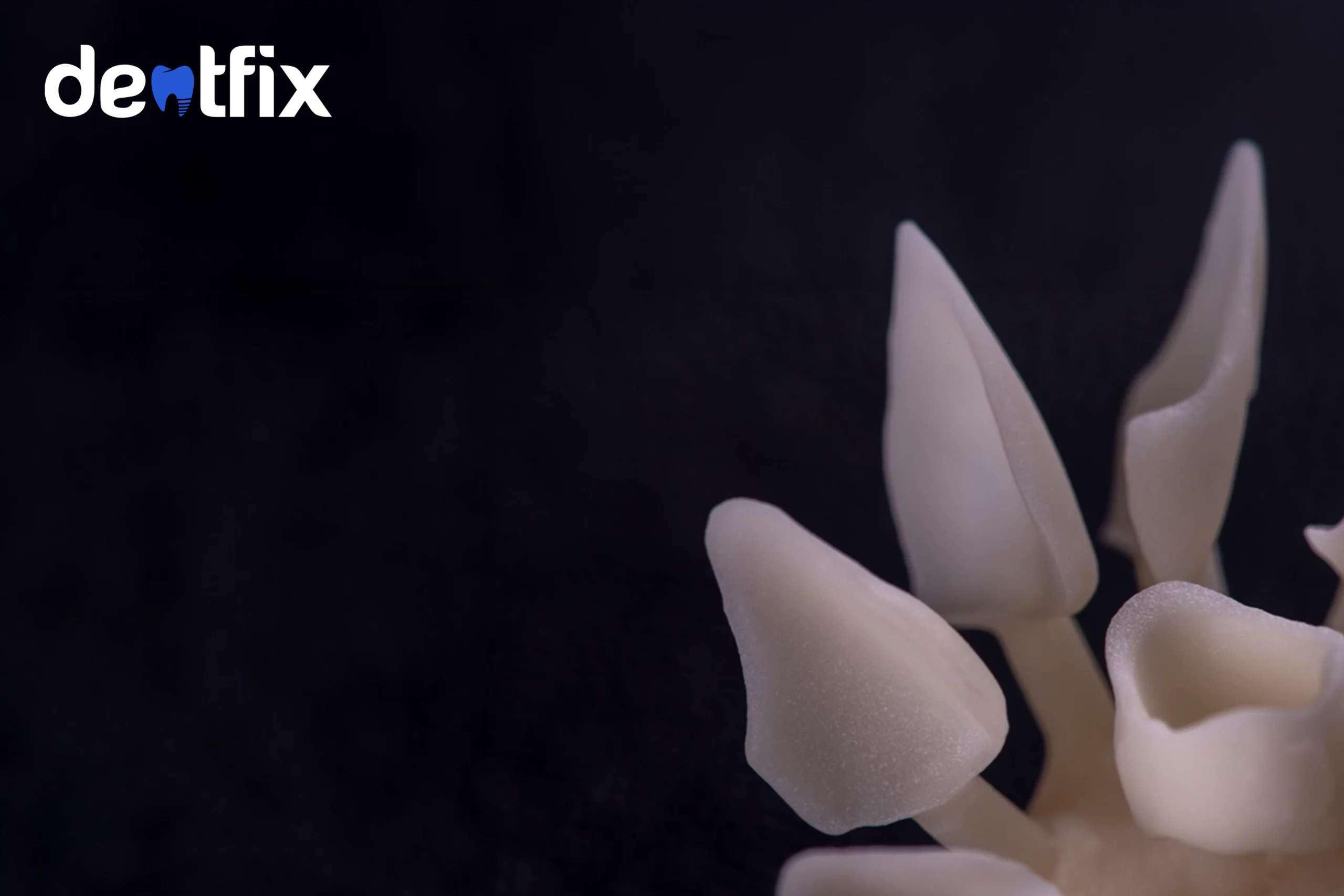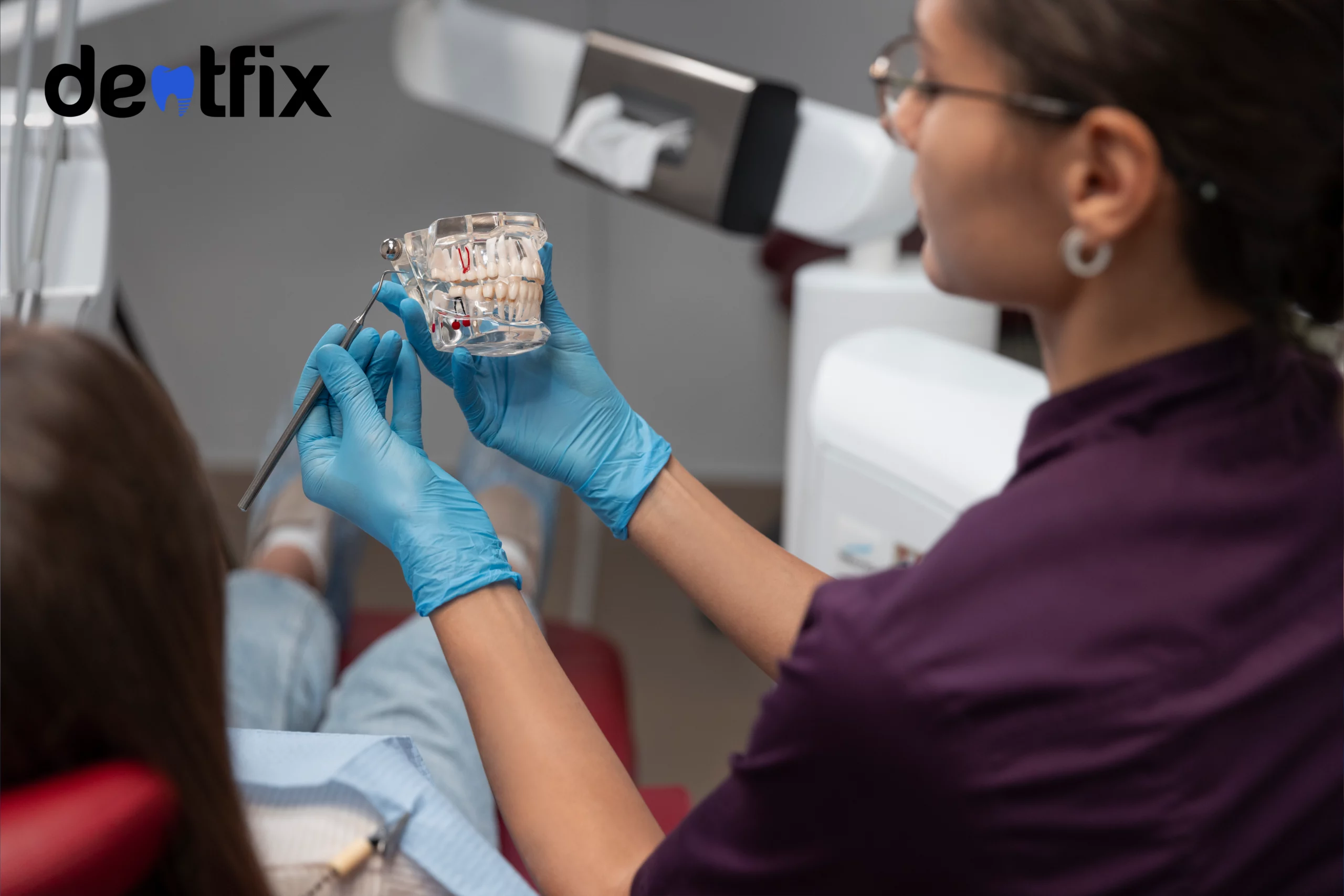Naturally, it’s not realistic to expect them to last forever. Lasting time varies according to your habits and the material but, in any case, you will need to replace them, be it 5, 10, or 20 years later.
But how do you notice when they’re old? Of course, there are some signs that you can spot. Signs of old veneers vary and come in different forms and making it easier for you to recognize how do veneers look. From a change in shape and color to stains, cracks, and breaks.
If you’re curious about this subject, after reading this article you will be able to understand when it’s time to call your dentist and learn how often do veneers need replacing.
How can you notice veneers getting old?
The lasting time depends from person to person, but the average lifespan of veneers is usually 10 years. If you take good care of your teeth and veneers you can make your dental veneers last for possibly 15 to 20 years.
As we said before there are some signs of getting old that you can spot on your veneers. You can recognize some of them easily. Here’s what do veneers look like after 10 years and the signs to check for:
- Change in the shape
- Abrasion of bonding material
- Sensitivity
- Discoloration of bonding agent
- Tooth decay under veneers
- Staining and discoloration of veneers
- Cracks and breakages
- Gaps between gums and veneers
- Loosening
- Falling out
Now, let’s analyze one by one these questions!
Your veneers are not as white as in old times?
Do your porcelain veneers look dull and not as shiny as the time when you first got them? Perhaps the porcelain shells have lost their light-reflecting qualities. If you notice your smile is not as bright you shouldn’t worry. This is not an urgent matter but definitely a sign of wear and a sign your veneers are getting old. Also, they may look slightly opaque or with scratches.
Have your old veneers changed in shape?
Veneers can become dull around the edges, or in dentistry terms, around the occlusal surface. This in return will cause the overall shape of your veneers to be changed from their original status. Sometimes the worn-down edges will be so drastic that it will make your veneers appear small – which is the opposite effect of what they are meant to achieve. Sometimes the corner of the veneers just breaks creating a not-so-appealing shape and may create discomfort.
Even if this problem may not seem important to you, it is an important factor to point out that veneers getting old. If you don’t change your veneers, there may be more cracks and breakage in the future. This may require an emergency visit to the dentist.
Do they have cracks or breakage?
First of all, you should know how to take care of them. The better you take care of time, the longer they last. If you are not careful with your veneers and you bite down on hard objects or use your teeth for cutting tape, cracking things, or opening packages, your veneers will get damaged and get chipped or cracked pretty soon. Also, changes in heat can affect these durable materials over a long period so you should also be careful about this subject. They generally don’t get affected by such changes suddenly, they have a strong nature on this subject too. But if you don’t take care, they may get damaged in long term. For example, it’s better to avoid consuming hot and cold things consecutively.
Did you notice your veneers are stained or discolored?
If you see discoloration or staining on your veneers, this is a sign of oldening. They are generally highly resistant against staining, even more, resistant than your natural teeth. But anything can happen in time. In long-term use, foods and drinks can create discoloration and stains on veneers. Plus, the bonding material is not as resistant as the veneers themselves. So it’s possible to notice color differences between the veneers and the edges. It can happen more easily than the veneers themselves getting stained, however, stained veneers are also possible. In such cases, it is best to replace veneers to continue to get the best use out of them.
Are there gaps between your gums and your veneers?
What if you start seeing some space between your veneers and your gums? If your gums start receding, it could be a sign of gum disease. This could occur if you do not take proper care of your oral health. If you neglect your dental care routine, your gums might start receding and create a gap between your teeth and veneers. Some other times, gum recession is due to aging. With aging, your gums start receding while the crown stays put. This may create space between them.
Gum recession will make veneers look displeasing to the eye. It creates a difference in color between the veneers and the root that is exposed under the gum tissue. When this happens you might find that your veneers have become uncomfortable to wear and feel like they are old. We suggest contacting your dentist to have the veneers replaced.
Are the veneers slightly loose?
If you notice your veneers feel lose you may need to give a touchup to the dental cement in most cases. But what if this is not the case? What to do when your veneers feel loose? Can veneers fall off? When you take good care of your dental veneers over time by practicing a proper oral hygiene routine, your real teeth underneath the veneers should remain strong and healthy throughout the years.
However, If your natural teeth decay underneath your veneers over time, your dental veneers might become detached from the tooth surface. This can cause veneers to become loose and feel unstable in your mouth. Also, you may notice the veneers getting a black hue. This may be a sign of decay and it’s time for a visit to the dentist.
What happens if your old veneers fall out?
Veneer application process requires shaving a thin layer of your tooth enamel, the outermost layer of your tooth. So If your veneers fall out, you have to get new ones as soon as possible. Because the tooth enamel will be thinner in this area, your teeth may become more sensitive and more vulnerable. So they will need veneers again. What you have to do is to see a dentist as soon as possible. If the situation of your teeth and fallen veneers are good, your dentist can reattach them. If they’re not okay you’ll have to get some new ones.
So what’s going to happen to my veneers after 20 years?
Sorry but as we said before, they’re not immortal. So, after 10 years or 20 years, you should be aware and check for signs of aging or wear. Even if you take very good care of them, one day they will look and feel old and not great. You will see tell-tale signs of wear when this time comes, like staining, chipping, or discomfort while wearing your veneers. You might also experience other more concerning symptoms like veneers becoming loose or coming off entirely, or the area between the teeth and gums being exposed due to an underlying gum issue. All of this indicates that your veneers are worn down. You should consult your dentist at this point to discuss what kind of actions you want to take.





